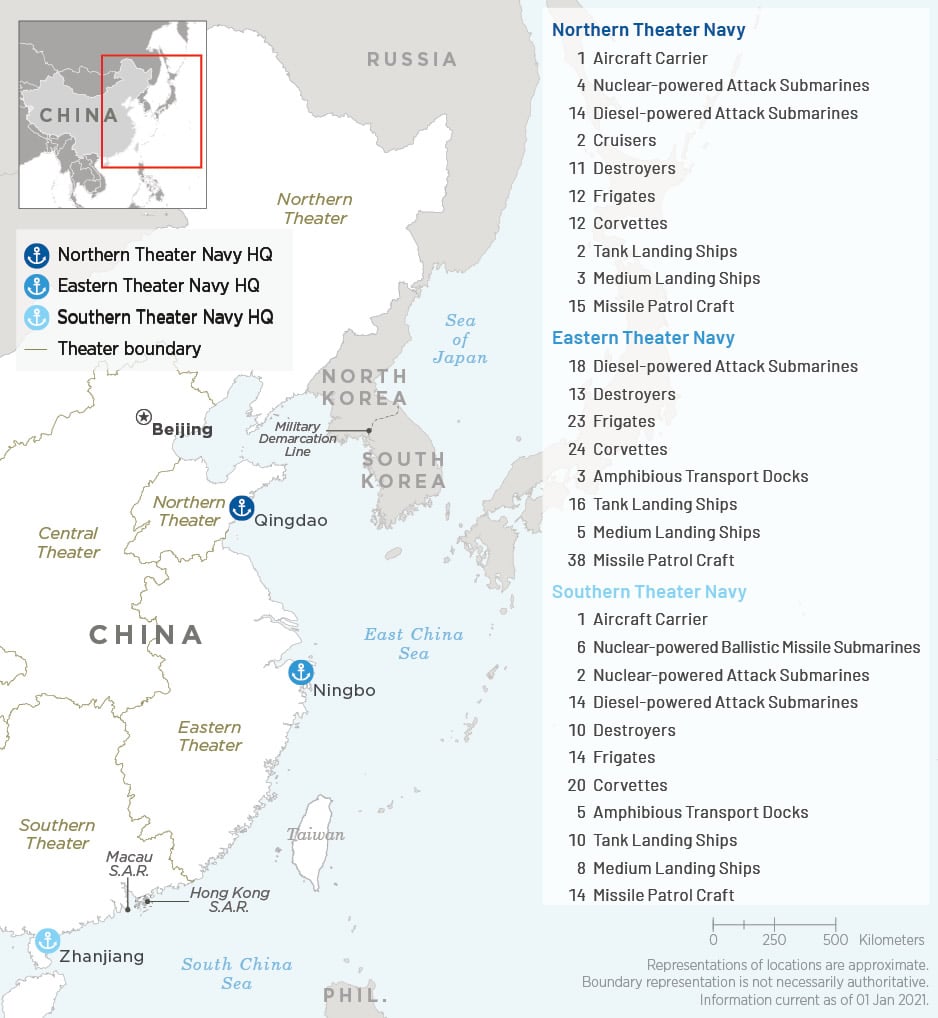Assessing US And Chinese Military Capabilities: A Detailed Comparison

Table of Contents
US Military Strengths and Weaknesses
The US military boasts significant advantages in several key areas, but also faces notable challenges.
Technological Superiority
The US maintains a technological edge in many areas of military capability. This superiority is reflected in:
- Advanced weaponry: Stealth technology (like the F-35 fighter jet and B-2 bomber), precision-guided munitions, and a formidable aircraft carrier fleet provide unmatched strike capabilities.
- Intelligence gathering and surveillance capabilities: Extensive satellite networks, drone technology, and sophisticated signal intelligence provide unparalleled situational awareness.
However, this technological dominance comes at a cost:
- High cost of maintaining technological edge: The research, development, and deployment of advanced weaponry require substantial and continuous investment.
- Potential for overreliance on technology: Overdependence on technological superiority could leave the US vulnerable if technological parity or even surpass is achieved by adversaries.
Global Military Presence
The US maintains a vast network of military bases and alliances globally, projecting power and influence across the world.
- Extensive network of military bases worldwide: This global network allows for rapid deployment of forces and provides strategic advantages.
- Strong alliances and partnerships: NATO and other key alliances provide access to resources and mutual support, enhancing collective security.
Nevertheless, this expansive footprint presents challenges:
- Logistical challenges of maintaining a global presence: Sustaining a vast military network across the globe is costly and complex.
- Potential for overextension: Stretching resources too thinly across multiple theaters of operation could lead to vulnerabilities.
Funding and Resources
The US dedicates significantly more resources to its military than any other nation.
- Significantly larger defense budget compared to China: This allows for investment in advanced technology, personnel training, and military infrastructure.
- Access to advanced industrial base and technological innovation: A robust industrial base and thriving technological sector fuel military modernization.
But even this substantial investment is not without its limitations:
- Potential for budget constraints: Political pressures and competing national priorities could limit future military spending.
- Public support for military spending: Maintaining public support for a large military budget is crucial for sustaining military power.
Chinese Military Strengths and Weaknesses
China's military is undergoing rapid modernization, posing a significant challenge to the established global order.
Rapid Modernization
China has made substantial investments in modernizing its military across all domains:
- Significant investments in modernizing its military across all domains: This includes developing advanced naval vessels, fighter jets, and cyber warfare capabilities.
- Focus on anti-access/area denial (A2/AD) strategies: China is developing capabilities to deter potential adversaries from accessing or operating within certain areas, particularly in the region surrounding its coasts.
However, gaps remain:
- Technological gap in certain areas compared to the US: While catching up rapidly, China still lags behind in certain key technologies.
- Limited combat experience: The People's Liberation Army (PLA) lacks the extensive combat experience of the US military.
Numerical Superiority in Certain Areas
China possesses numerical superiority in certain military sectors:
- Larger ground forces and naval fleet (in terms of sheer numbers): China has a larger army and a rapidly growing navy, although the quality of equipment might vary.
- Growing cyber warfare capabilities: China is investing heavily in developing its cyber capabilities, posing a significant threat.
Yet, quality often outweighs quantity:
- Quality versus quantity debate: While numbers are impressive, the technological sophistication and training of US forces remain superior in many areas.
- Technological inferiority in some key areas: This limits the effectiveness of sheer numbers in certain scenarios.
Domestic Focus and Regional Ambitions
China's military strategy is largely focused on regional security and territorial claims:
- Primarily focused on regional security and territorial claims: This focus is evident in its activities in the South China Sea and along its borders.
- Increasing assertiveness in the South China Sea and other regional disputes: China's growing military power is fueling its assertive actions in these regions.
This regional focus limits its global reach:
- Limited global projection power compared to the US: China's ability to project power globally is significantly less than that of the US.
- Potential for overreach: Aggressive actions could lead to unintended consequences and international backlash.
Comparative Analysis: US vs. China Military Capabilities
A direct comparison reveals key differences in the strengths and weaknesses of each nation's military.
Direct Comparison of Key Military Branches
- Navy: The US boasts a superior aircraft carrier fleet, while China is focusing on growing submarine and coastal defense capabilities to challenge US naval dominance.
- Air Force: The US possesses a significant advantage in stealth aircraft technology, but China is rapidly increasing the number of advanced fighters in its arsenal.
- Army: The US Army is highly trained and equipped, while China's army is numerically superior but may lack the same level of technological sophistication and experience.
Assessment of Nuclear Capabilities
- US: Maintains a larger and more diverse nuclear arsenal, capable of second-strike capabilities.
- China: Possesses a growing nuclear arsenal primarily focused on deterrence. The size and capabilities are less well understood compared to the US arsenal.
Cyber Warfare and Information Operations
Both the US and China possess advanced cyber warfare capabilities, posing significant threats in the digital domain. Information operations are increasingly important tools used by both nations to shape global narratives and influence public opinion.
Conclusion: Key Takeaways and Call to Action
Assessing US and Chinese Military Capabilities reveals a complex and dynamic relationship. The US maintains technological superiority and a global presence, while China focuses on rapid modernization and regional dominance. Both nations possess significant military strengths and vulnerabilities. The ongoing military build-up has significant implications for global security and stability, requiring careful monitoring and analysis. Stay informed about this crucial topic by exploring further research and analysis on US and Chinese military developments. Understanding the ever-evolving dynamics of assessing US and Chinese military capabilities is essential for navigating the complexities of the 21st-century geopolitical landscape.

Featured Posts
-
 Sanofi L Avenir Incertain De L Usine D Aspegic A Amilly
May 31, 2025
Sanofi L Avenir Incertain De L Usine D Aspegic A Amilly
May 31, 2025 -
 Assessing The Severity Of Veterinary Watchdog Findings
May 31, 2025
Assessing The Severity Of Veterinary Watchdog Findings
May 31, 2025 -
 Fitness Inspiration Nigora Bannatynes Stunning Abs And Stylish Outfit
May 31, 2025
Fitness Inspiration Nigora Bannatynes Stunning Abs And Stylish Outfit
May 31, 2025 -
 Indian Wells Zverevs Admission After First Match Exit
May 31, 2025
Indian Wells Zverevs Admission After First Match Exit
May 31, 2025 -
 L Engagement D Isabelle Autissier Travail D Equipe Et Exploration
May 31, 2025
L Engagement D Isabelle Autissier Travail D Equipe Et Exploration
May 31, 2025
